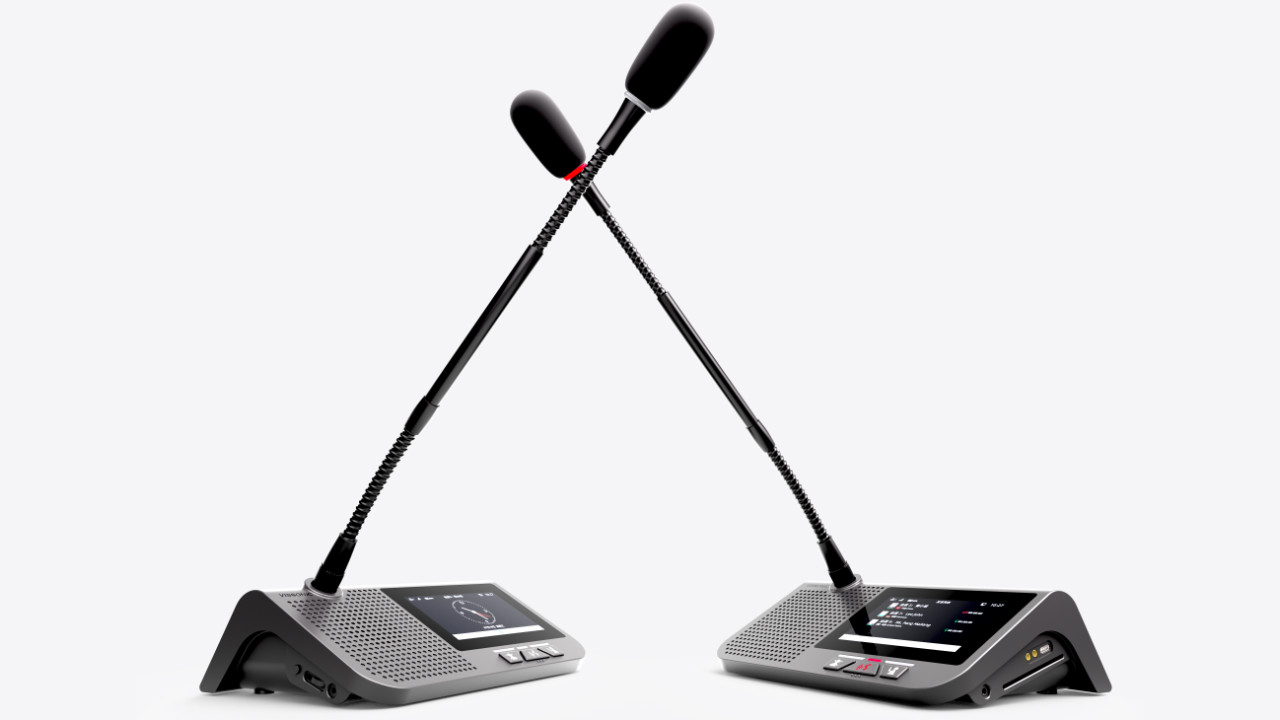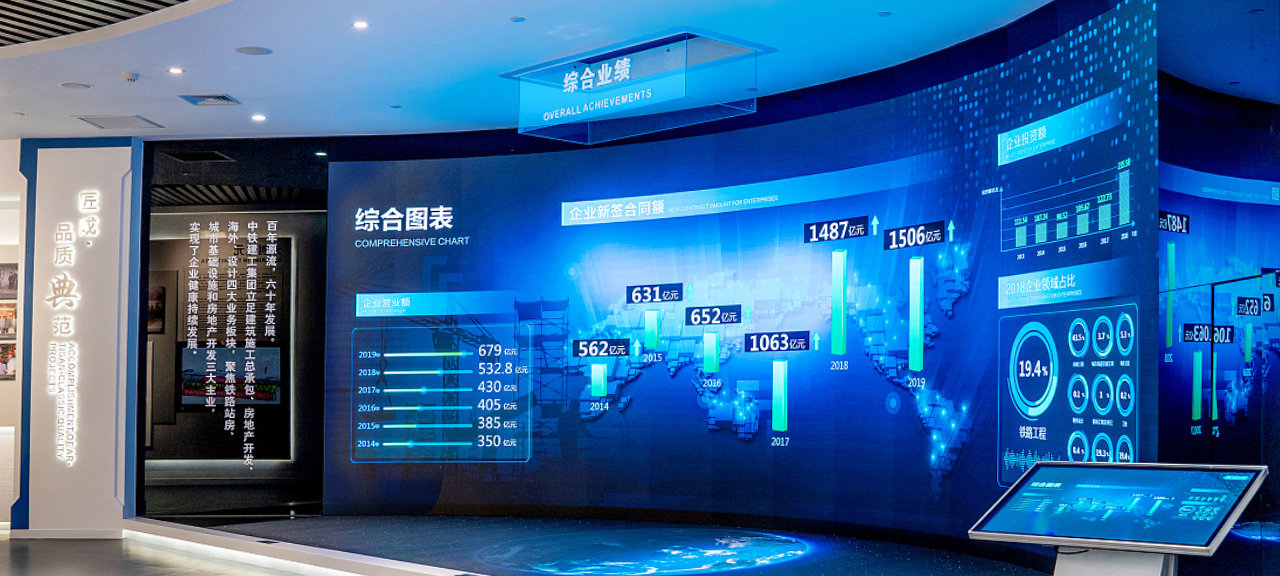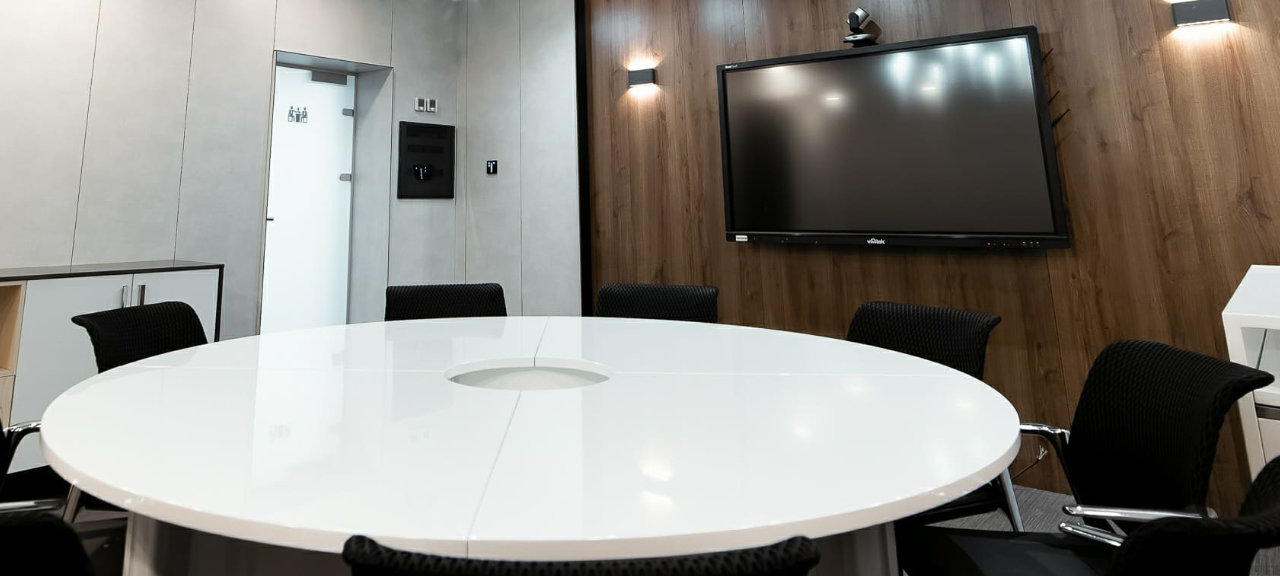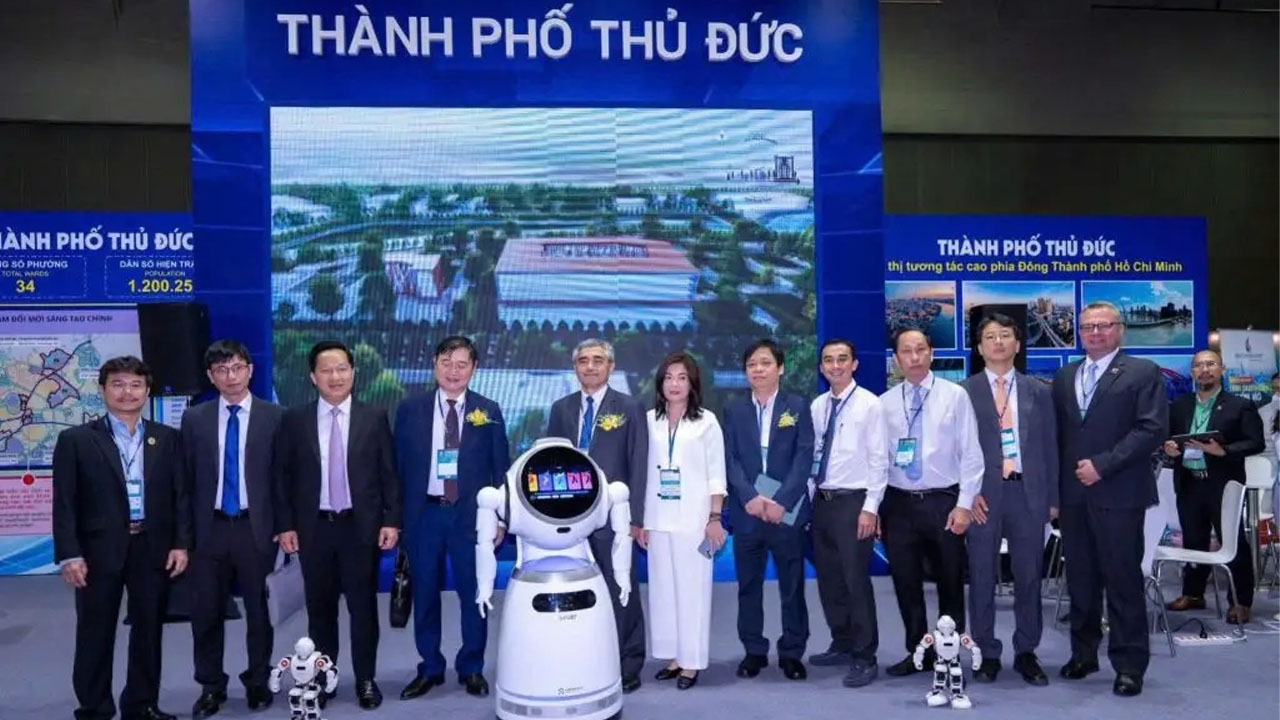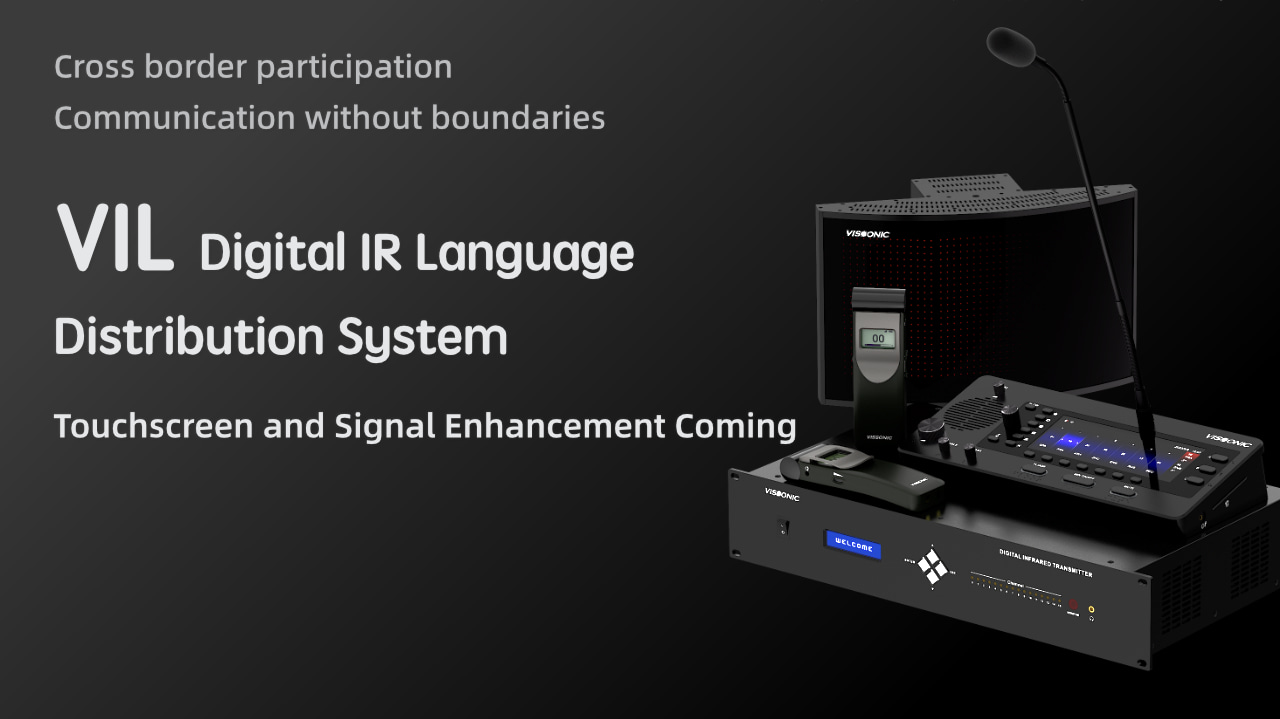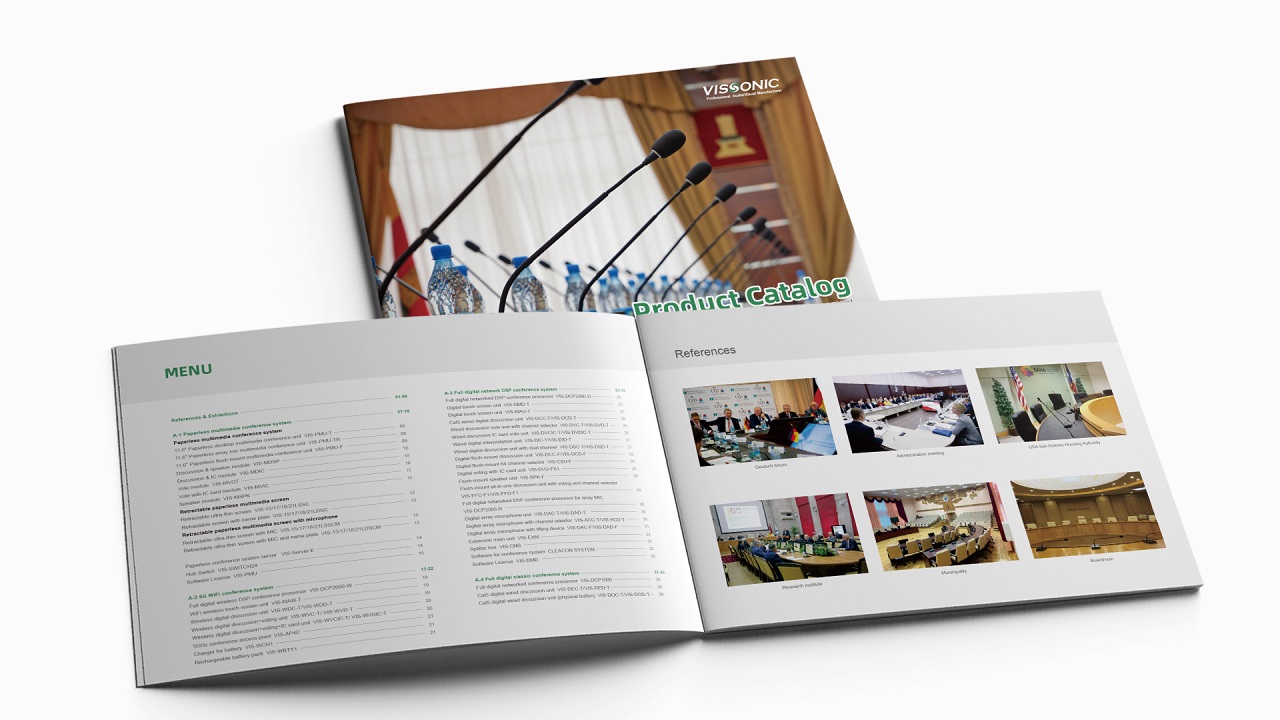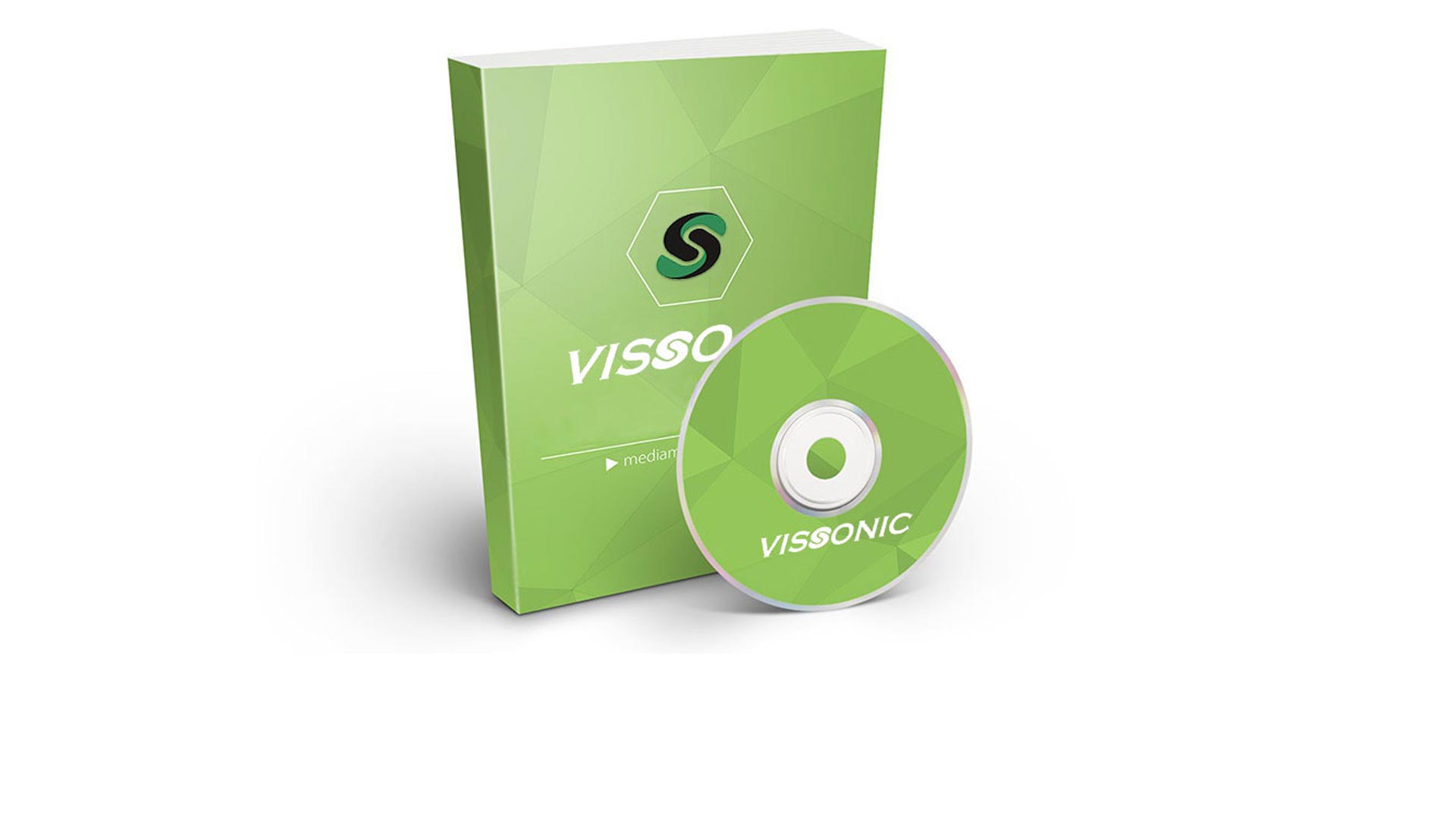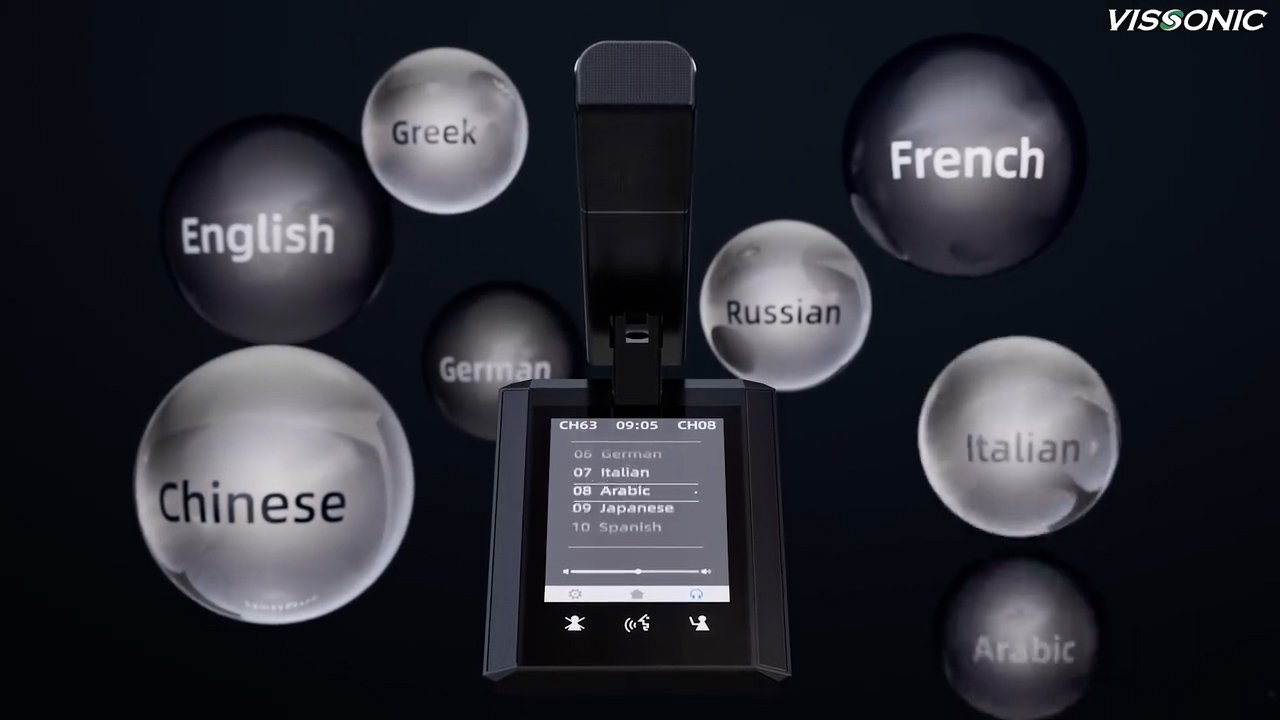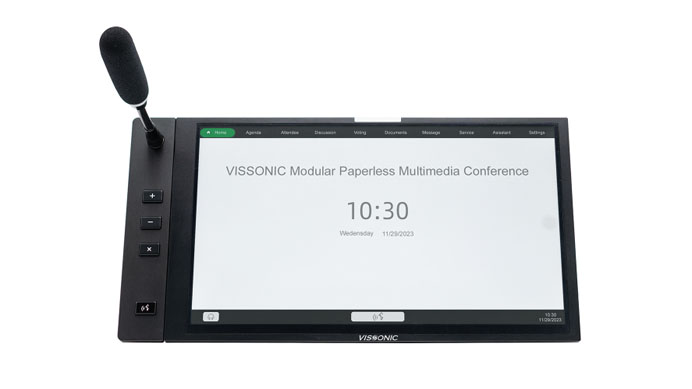Paperless Conference System Simplifies Complicated Meetings
The evolution of technology has brought about significant improvements in the way businesses and organizations operate. One area where this shift is most noticeable is in the realm of meetings and conferences. The traditional paper-based system, with its reliance on physical documents, has often been cumbersome, inefficient, and costly. Enter the paperless conference system—a modern solution designed to streamline the process, reduce waste, and enhance productivity. This article explores how paperless conference systems simplify complicated meetings, providing organizations with a more efficient, eco-friendly, and cost-effective approach.
What Is a Paperless Conference System?
A paperless conference system is a digital platform or solution that allows meetings, conferences, and events to be conducted without the need for printed materials. These systems typically involve the use of electronic devices such as tablets, laptops, or smartphones, paired with specialized software that enables participants to access agendas, documents, presentations, and other materials electronically. By digitizing the entire meeting experience, these systems remove the need for paper-based handouts, reducing clutter and improving accessibility for all involved.
How Paperless Conference Systems Simplify Meetings
Paperless conference systems offer a wide range of benefits, particularly when it comes to simplifying complex meetings. Here’s how they help:
1. Instant Access to Information
In a traditional meeting, participants often rely on printed documents or physical handouts to follow along with discussions. This can lead to delays, confusion, or difficulty in locating specific information. With a paperless system, all materials are available at the click of a button on participants' devices. Agendas, reports, presentations, and notes can be easily accessed in real time, allowing attendees to stay engaged and follow the meeting smoothly without interruptions.
15.6" Modular Paperless Multimedia Conferenece Unit
2. Real-Time Collaboration and Interaction
One of the key advantages of a paperless conference system is the ability to facilitate real-time collaboration. Participants can make notes, highlight text, or annotate documents during the meeting, which can then be shared with others immediately. This feature allows for more dynamic and interactive discussions, making it easier to capture ideas and address key points without relying on manual note-taking. Furthermore, questions and feedback can be submitted electronically, ensuring that communication is seamless and efficient.
3. Reduced Environmental Impact
Traditional meetings often require a significant amount of paper, whether for printing agendas, reports, handouts, or presentations. This not only creates waste but also contributes to deforestation and environmental degradation. Paperless conference systems eliminate the need for paper, significantly reducing the environmental footprint of meetings. By adopting digital platforms, organizations demonstrate a commitment to sustainability while also reducing the logistical challenges associated with printing, distributing, and storing physical materials.
4. Cost Savings
Paper-based meetings come with hidden costs that may not always be apparent, including the price of paper, printing, shipping, and storage. For large conferences or recurring meetings, these costs can add up quickly. A paperless conference system can drastically reduce these expenses, as digital materials eliminate the need for printing and distribution. Furthermore, administrative overhead related to managing paper documents is reduced, saving valuable time and resources for organizers and participants alike.
5. Improved Organization and Searchability
In a traditional paper-based system, finding specific documents or references can be time-consuming and inefficient. Paperless conference systems allow all meeting materials to be organized in digital folders, making them easily searchable. Participants can quickly locate relevant documents by searching for keywords, dates, or topics. This not only saves time but also ensures that important information is readily available, enhancing the overall productivity and effectiveness of meetings.
6. Seamless Integration with Other Tools
Modern paperless conference systems often integrate with a variety of other tools, such as video conferencing platforms, calendar applications, and project management software. This integration enables a more cohesive meeting experience, where attendees can easily switch between documents, presentations, and video calls without having to juggle multiple devices or platforms. The ability to integrate seamlessly with other tools helps create a unified and efficient workflow, enhancing overall meeting management and reducing complications.
Challenges and Considerations for Implementing a Paperless Conference System
While the benefits of paperless systems are clear, there are some challenges and considerations to keep in mind when implementing them:
1. Technology Adoption and Accessibility
Not all participants may be familiar with digital tools or comfortable using electronic devices. Organizations may need to invest time and resources into training staff and participants on how to use the paperless conference system effectively. Additionally, ensuring that all participants have access to the necessary technology—such as tablets or laptops—can present logistical challenges. Providing support for those who are less tech-savvy is also important for ensuring a smooth transition to paperless meetings.
2. Security and Data Privacy
As with any digital platform, there are concerns related to data security and privacy. Sensitive information shared during meetings must be protected, and organizations must ensure that their paperless conference systems are equipped with robust encryption and security measures. This is especially important in industries where confidentiality is a high priority, such as legal, healthcare, and finance sectors. Implementing secure authentication methods and ensuring compliance with data protection regulations are essential for maintaining the integrity of paperless meetings.
3. Device and Platform Compatibility
To ensure a smooth meeting experience, it is essential that the paperless conference system is compatible with a wide range of devices and platforms. This includes ensuring compatibility with various operating systems (Windows, macOS, Android, iOS) and different types of devices (laptops, tablets, smartphones). Compatibility issues can create barriers for participants and disrupt the meeting flow, so it is important to test and verify that all devices and platforms work seamlessly before implementing a paperless system.
Conclusion
Paperless conference systems represent a significant leap forward in how meetings are conducted, offering a more efficient, eco-friendly, and cost-effective solution for businesses and organizations. By eliminating the need for paper, improving organization, and fostering real-time collaboration, these systems simplify complex meetings and enhance productivity. While challenges such as technology adoption and data security must be addressed, the overall benefits of going paperless are undeniable. As digital transformation continues to shape the workplace, paperless conference systems will play a key role in streamlining the meeting process, allowing organizations to focus more on collaboration and decision-making rather than administrative tasks.

